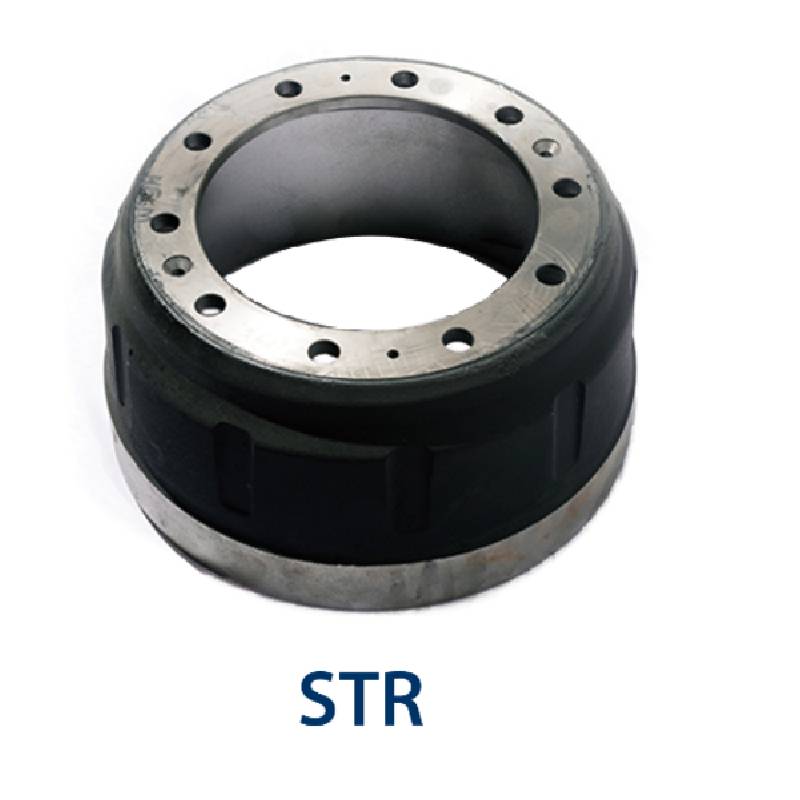Avg . 05, 2024 12:58 Back to list
Understanding the Function and Importance of the Brake Drum Adjuster Screw in Vehicle Maintenance
Understanding the Brake Drum Adjuster Screw A Key Component in Vehicle Safety
The braking system of a vehicle is one of its most critical features, ensuring safety and reliable performance on the road. Among the various components that contribute to effective braking is the brake drum adjuster screw. This seemingly small part plays a vital role in maintaining brake efficiency and facilitating optimal vehicle control. Understanding its function, adjustment, and significance is essential for both automotive professionals and vehicle owners alike.
What is a Brake Drum Adjuster Screw?
The brake drum adjuster screw is a part of the drum brake system, commonly found in older vehicles and some modern models. It is responsible for adjusting the position of the brake shoes within the drum. By maintaining the appropriate distance between the brake shoes and the drum, the adjuster screw ensures that the brakes function effectively when applied. Its proper functioning is crucial for the overall performance of the braking system, as inadequate adjustment can lead to decreased braking power and increased wear on braking components.
Functionality of the Adjuster Screw
As the brake shoes wear down over time due to friction against the drum, the adjuster screw compensates for this wear by moving the shoes outward. This adjustment is typically achieved through a mechanism that engages the screw when the brakes are applied, allowing it to turn and adjust the position of the shoes automatically. In some systems, manual adjustment may be required, and the process involves rotating the adjuster screw to move the shoes closer to the brake drum.
Importance of Proper Adjustment
brake drum adjuster screw

Proper adjustment of the brake drum adjuster screw is critical for several reasons. Firstly, it ensures that the brake pads and drums maintain an optimal contact surface. When the adjuster screw is neglected or improperly set, it can lead to a dangerous situation where the brakes are either too loose or too tight. If the shoes are too far from the drum, the braking effectiveness diminishes, resulting in a longer stopping distance. Conversely, if the shoes are too close, they may drag against the drum, causing overheating and premature wear.
Additionally, correctly adjusted brakes contribute to even tire wear, enhancing the longevity of the tires and improving fuel efficiency. Vehicles with well-maintained brake systems are less likely to experience issues such as brake fade and pulling to one side during braking, thus providing a more stable driving experience.
Maintenance and Inspection
Regular inspection and maintenance of the brake drum adjuster screw are essential for safe vehicle operation. Owners should pay attention to any indicators of brake wear, such as squealing noises, a spongy brake pedal, or vibrations during braking. These symptoms might suggest that the adjuster screw requires attention. Mechanics often recommend checking the adjuster screw during routine brake inspections, especially when replacing brake shoes or drums.
For manual adjuster screws, the process usually involves raising the vehicle, accessing the brakes, and using a screwdriver or specialty tool to turn the adjuster to the proper position. It’s advisable to consult the vehicle’s service manual for specific guidelines tailored to the make and model of the car.
Conclusion
The brake drum adjuster screw may be a small component within a vehicle's braking system, but its importance cannot be understated. Regular maintenance, proper adjustment, and timely inspections can significantly impact the safety and performance of a vehicle. Understanding the role of the brake drum adjuster screw empowers vehicle owners and enthusiasts to take proactive steps in safeguarding their driving experience, ultimately ensuring that every journey is as safe and enjoyable as possible.
-
Brake Drum Man - High-Quality Drum Brake Drums & Brake Shoes for Reliable Performance
NewsJun.24,2025
-
High-Quality Brake Drum Kamaz – Durable Drum Brake Drum & Brake Shoe Replacement
NewsJun.10,2025
-
High-Quality Brake Drum Liza for Drum Brake Systems - Superior Durability and Performance
NewsJun.10,2025
-
High-Quality Brake Drum Kamaz – Durable Drum Brake Drum & Brake Shoe Solutions
NewsJun.10,2025
-
Durable Kamaz Brake Drums High-Performance Truck Parts
NewsJun.09,2025
-
Premium Brake Drum Maz Kit with Shoes Enhanced Braking
NewsJun.09,2025
